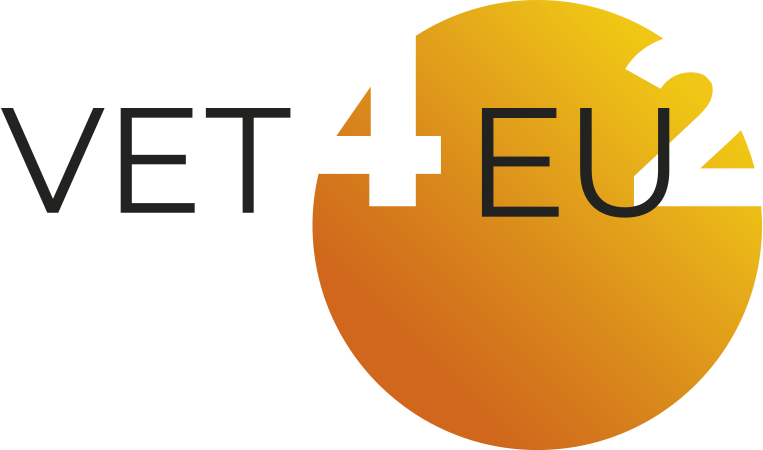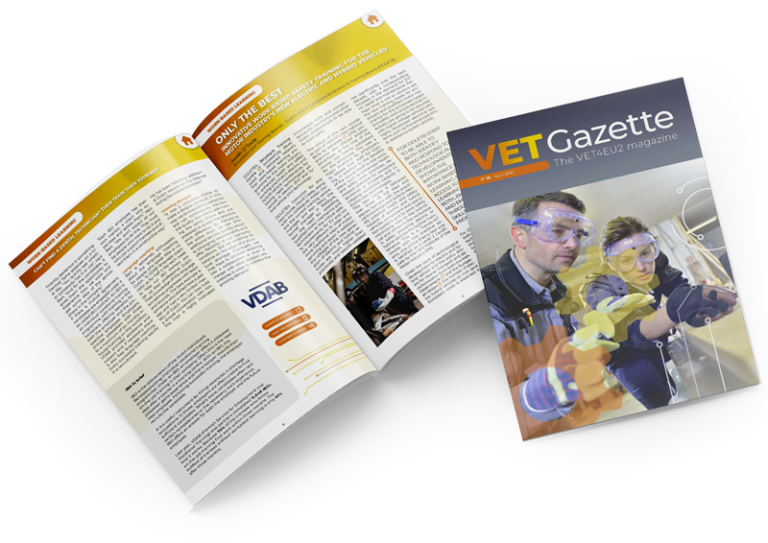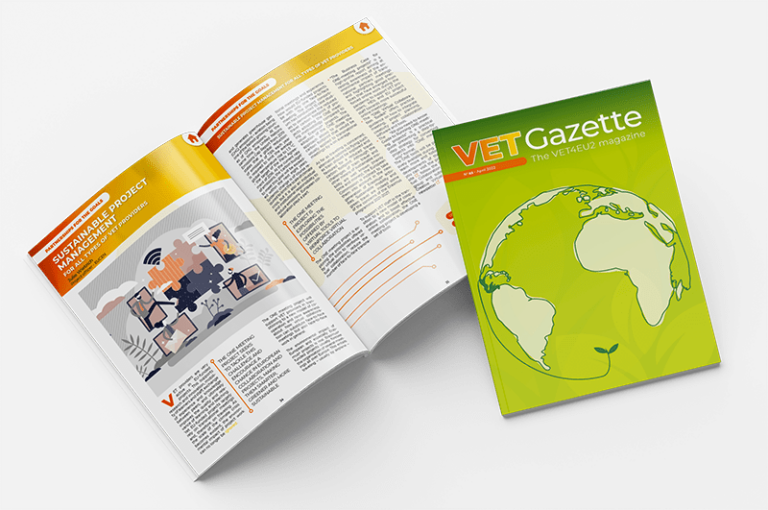Despite their clear advantages of improving students’ skills of putting theory into practice and therefore enhancing the transition of young people from the world of education to the world of work, apprenticeships are quite challenging to manage (European Commission, 2017). Improper or ad-hoc management of apprenticeships commonly lead to a situation where instead of providing a supervised learning experience by qualified mentors, students are simply required to attend.
Throughout the whole process of work-based learning (WBL), strategies are necessary to foster strong collaborations between all stakeholders
Throughout the whole process of work-based learning (WBL), strategies are necessary to foster strong collaborations between all stakeholders: placement providers (e.g. companies), educational institutions and students. To ensure that work-based learning programs are responsive to changing skill needs in organisations and society, mutual trust and respect through regular cooperation and good quality management between the apprenticeship partners is crucial. Here, quality is key to assuring positive outcomes for all stakeholders involved in WBL.
How to manage quality apprenticeships?
To address this issue, the Erasmus+ project “Mainstreaming Procedures for Quality Apprenticeships in Educational Organisations and Enterprises” (ApprenticeshipQ) was initiated and launched with the support of the European Commission. The project addressed the management of quality apprenticeships through comprehensive quality criteria to give guidance and orientation on how to structure those parts of WBL, which take part in the world of work and the world of education. This offers educational institutions and placement providers an internal quality system to ensure proper supervision and control of apprenticeships.
30 quality criteria were identified by conducting a literature review and interviewing educational institutions and placement providers about their quality management of apprenticeships. Later, the identified quality criteria were validated by a quantitative survey with nearly 500 participants, focus groups in six countries and piloted in ten educational institutions and seven placement providers.
The ApprenticeshipQ Toolkit
The result of the project is the “ApprenticeshipQ Toolkit”, which supports the development of a common quality culture between placement providers, educational institutions and students.
The toolkit consists of:
- an institutional quality management framework for apprenticeships, including the typology of apprenticeships;
- apprenticeships quality management manuals, one for educational institutions and one for placement providers containing instruments, methods and tools they can work with to develop a joint quality culture between all stakeholders; each quality criterion is accompanied by an example and an editable implementation template is available for download;
- an online-assessment tool for quality management;
- a harmonisation and translation guide with policy recommendations.
The manuals provide a comprehensive introduction to the topic of quality management of apprenticeships, offer examples for benchmarking and give templates to implement the quality criteria and their respective measurement indicators during work-based learning. Pairing the manuals with the online self-assessment tool, stakeholders are provided with the opportunity to evaluate their quality management of apprenticeships and to identify possibilities for improvement.
How to apply the quality criteria?
For the implementation, the 30 quality criteria were embedded into the WBL process by using the PDCA cycle. The PDCA cycle is used for the improvement of processes within organisations. The cycle consists of the four elements Plan – Do – Check – Act (Sokovic et al., 2010, 477f.). Following this concept, the quality criteria were allocated to the four categories: before conducting a WBL, during the WBL, after the WBL and throughout the WBL. The process is exemplified using some of the quality criteria.
Strategic planning is needed to introduce and enhance quality within work-based learning (Cedefop, 2015, 23). Before offering apprenticeships, all stakeholders shall be involved when defining SMART learning outcomes. In addition, the WBL needs to be prepared and mentors identified. During the apprenticeship, the integration of the apprentice is crucial.

Constant monitoring ensures the personal development of the apprentice and his or her skills. After the apprenticeship, the overall learning shall be assessed and the process of WBL evaluated. Throughout the whole WBL the transparency and data protection needs to be assured as well as the user support and issue resolution of all parties involved.
The quality criteria can be assigned to different steps in the cycle, a clear demarcation is not given. The attribution of the quality criteria in the cycle depends on the perspective of the organisation or stakeholder. The cycle always starts anew for further quality improvement of the apprenticeships (Sokovic et al., 2010, 477f.).
Managing quality apprenticeships is feasible when looking at the individual steps of the process and improving these.
For further information have a look at the project website.
References
Cedefop (2015): Handbook for VET providers: Supporting internal quality management and quality culture. Luxembourg: Publications Office of the European Union. Cedefop Reference series; No 99
European Commission (2017): High-performance apprenticeships & work-based learning – 20 guiding principles
Sokovic,M.; Pavletic, D.; Kern Pipan, K. (2010): Quality Improvement Methodologies – PDCA Cycle, RADAR Matrix, DMAIC and DFSS. Journal of Achievements in Materials and Manufacturing Engineering, Vol. 43, 1.








Responses